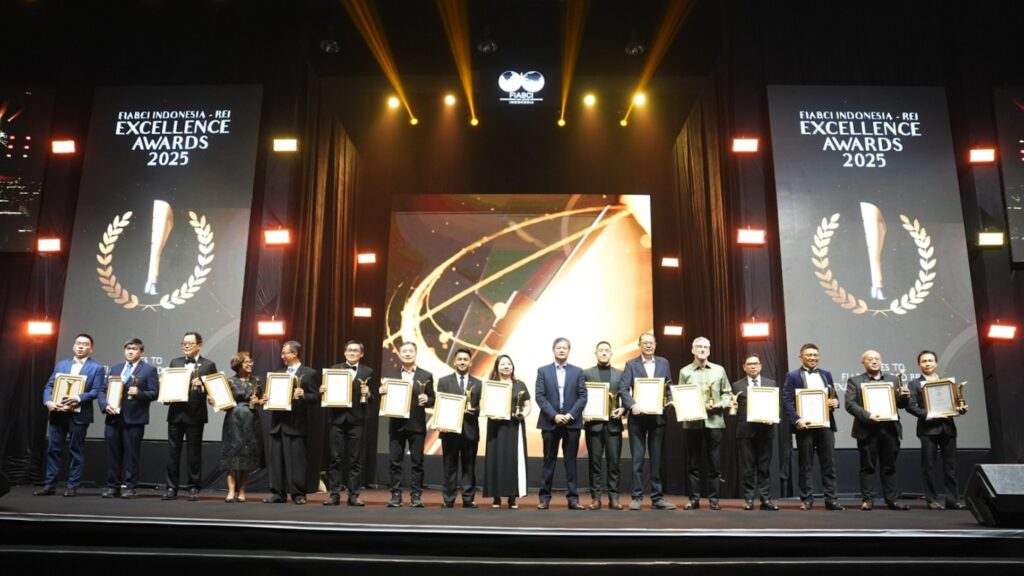Henan, China – The world-famous Shaolin Temple, long celebrated as a spiritual and martial arts hub, is undergoing its most radical transformation in decades. Following the downfall of former abbot Shi Yongxin amid allegations of financial and sexual misconduct, new abbot Shi Yinle has imposed a strict regime that has already led to the departure of more than 30 monks and staff.
Shi Yinle, 59, known for his austere leadership at the historic White Horse Temple, assumed leadership of Shaolin on July 29, 2025. Upon arrival, he announced five sweeping reforms: the suspension of commercial activities, a ban on costly consecration rituals, removal of temple shops, promotion of monastic farming, and an overhaul of income distribution practices. His measures aim to restore discipline and authenticity to the temple’s daily life, which he claimed had been compromised by modern distractions.
Central to his reforms is what has been dubbed by netizens as the “Buddhist 996” system—a monastic schedule echoing China’s infamous tech-sector work culture, where individuals work from 9 a.m. to 9 p.m., six days a week. Monks at Shaolin are now required to begin prayers at 4:30 a.m., engage in agricultural labor, and train in Zen martial arts throughout the day. Entertainment is banned, phones are stored in a central repository, and meals have been reduced to vegetable-based diets with limited protein.
The changes have not been universally welcomed. Reports indicate that within a week of the reforms, more than 30 monks and staff departed the temple, though it remains unclear whether they transferred to other monasteries or abandoned monastic life altogether. For some, the loss of digital access, such as smartphones used to read scriptures, has been particularly challenging.
The reforms come in the wake of public outrage over Shi Yongxin’s scandals, which tarnished the temple’s image as a global spiritual institution. Yinle’s appointment was seen as an attempt by religious authorities to rehabilitate Shaolin’s reputation and re-center it on its Buddhist foundations. His crackdown reflects growing unease in China about religious institutions drifting into commercialization and cultural tourism at the expense of authenticity.
The controversy has ignited heated debate across Chinese social media platforms. Supporters of the reforms argue that stricter discipline will purge opportunists who joined monastic life for comfort rather than devotion. Critics, however, describe the measures as excessively harsh and unyielding, undermining the temple’s international appeal as a cultural and religious landmark.
The Shaolin Temple, often referred to as the birthplace of Zen Buddhism and kung fu, draws thousands of pilgrims and tourists each year. Whether the reforms will preserve its sanctity or accelerate divisions among its monks remains uncertain. For now, the temple is a flashpoint of China’s broader tension between tradition, modernization, and global visibility.
What is clear is that the “Buddhist 996” marks a decisive break from the past—and signals that under Shi Yinle, Shaolin’s path forward will be both disciplined and uncompromising.






